Farmers will benefit in the long run when fertilizer businesses develop steadily.
PV: Sir, how do you evaluate the change in fertilizer prices in recent years?
Dr. Phung Ha: Fertilizer prices in the world in general and in Vietnam in particular depend on many factors such as input material prices, for example gas, coal, sulfur, ammonia... transportation costs, demand, weather, agricultural product prices, fertilizer policies of countries, especially China.
The time when Russia and China - the world's two leading fertilizer exporters - both imposed export restrictions to ensure domestic demand has greatly affected global supply. The EU's economic sanctions against Belarus also affected potash fertilizer exports because Belarus accounts for 20% of the world's total volume, or wars and conflicts in the world, such as the Russia-Ukraine war, led to supply shortages, increasing the price of raw materials for global production.
In that context, in 2014, the National Assembly issued Law No. 71/2014/QH13 amending and supplementing a number of articles of tax laws (effective from January 1, 2015) stipulating that fertilizers, machinery, and specialized equipment for agricultural production are not subject to VAT. Tax Law 71 and many variables have significantly affected fertilizer prices in Vietnam.
Regarding fertilizer prices in the world, in the past 50 years, there have been two sharp increases in 1973-1974 and 2007-2008. From the beginning of 2021 to the end of 2022, the world witnessed the third price increase, which can be said to be "skyrocketing", of fertilizers. Fertilizer prices, one of the biggest costs for farmers, reached their highest level in early 2022.
PV: In your opinion, is the VAT exemption policy on fertilizers of Tax Law 71 really effective, supporting farmers and agricultural production as expected?
Dr. Phung Ha: Unfortunately, after Tax Law 71 took effect, state management agencies, industry associations, institutes, research agencies... either did not implement it, or did not have enough data to prove that applying a 5% VAT on fertilizers is beneficial or not subject to tax is more beneficial.
The promulgation of Tax Law 71 aims to concretize the Government's policy of encouraging investment in developing domestic fertilizer production, proactively providing fertilizer sources for agricultural production, and gradually reducing imported fertilizers. However, if we look specifically at each target after Tax Law 71 takes effect, we see that it has not really encouraged investment in domestic production, the impact on fertilizer sources for agricultural production is unclear, and domestic fertilizer production projects were completely built before 2014.
Domestic fertilizer enterprises produce stably and effectively, thereby having the conditions to reduce selling prices to farmers.
Specifically, before 2014, the following 6 projects went into production, including: Phu My Fertilizer with a capacity of 900,000 tons/year, inaugurated in December 2004; Ca Mau Fertilizer with a capacity of 900,000 tons/year, inaugurated in October 2012; Ha Bac Fertilizer Plant with a capacity of 500,000 tons/year, inaugurated in June 2015 (built before 2014); Ninh Binh Fertilizer Plant with a capacity of 560,000 tons/year, officially put into operation since September 2012; Hai Phong DAP Plant with a capacity of 330,000 tons/year, inaugurated in April 2009; Lao Cai DAP Plant with a capacity of 330,000 tons/year, put into production since July 2015 (built before 2014). Total capacity of this phase is more than 3.5 million tons/year.
Meanwhile, after 2014, the number of projects decreased by more than half, while the total capacity decreased by more than 9 times, only: Han Viet NPK Factory of Taekwang Group (became a subsidiary of Ca Mau Petroleum Fertilizer Joint Stock Company since April 2024) with a capacity of 360,000 tons/year, put into operation in December 2017; Chemical technology NPK Factory of PetroVietnam Fertilizer and Chemicals Corporation - JSC with a capacity of 250,000 tons/year, put into operation since 2018 (built before 2014); Phu My SOP Factory started construction in 2015 with an SOP capacity of 20,000 tons/year. The total capacity during this period is 380,000 tons/year.
In order to reduce greenhouse gas emissions, contributing to the goal of achieving Net Zero by 2050 as committed by the Government at COP26, high-efficiency fertilizers (EEF) such as slow-release and controlled nitrogen fertilizers... are encouraged to be used. However, our country is completely lacking in these products, the reason being that when fertilizer products are not taxed, domestic fertilizer enterprises are not interested in investing in new production lines. Because when investing, input VAT on machinery, equipment,... will not be deducted, leading to an increase in total investment and a decrease in investment efficiency.
The goal of reducing fertilizer costs is not evaluated as mentioned above, and supporting farmers or agricultural production is not specifically evaluated, so there cannot be a quantitative evaluation.
PV: Is it true that domestic fertilizer companies are having to compete unfairly with imported fertilizers, sir?
Dr. Phung Ha: According to Tax Law 71, imported fertilizers are not subject to VAT, which benefits foreign manufacturers when exporting fertilizers to Vietnam and affects domestic manufacturers, causing many domestic manufacturers to face competitive pressure.
The reason is that domestic fertilizer producers must compete on selling prices when bearing VAT costs, while this is not applied to imported goods of the same type. In the case of applying VAT rates to fertilizers, imported fertilizers must also be subject to VAT and the State budget will collect all of this revenue.
PV: As a representative of the Vietnam Fertilizer Association, what tax policy do you think should be recommended so that fertilizer products meet farmers' expectations and the policy of supporting important input materials for the agricultural sector meets expectations?
Dr. Phung Ha: In general, farmers want fertilizers with good quality, stability, reasonable price, good after-sales service, high reliability, reputable and traditional brand. Domestic fertilizers with good quality, stability and good after-sales service, taking ultimate responsibility for product quality related to productivity and quality of agricultural products will certainly win the hearts of farmers.
To contribute to resolving the above-mentioned shortcomings, to create an equal business environment, and to promote the sustainability of the domestic fertilizer industry, the Vietnam Fertilizer Association continues to propose and propose amendments to the application of a 5% VAT rate instead of the current regulation.
The biggest benefit is that farmers will benefit in the long term when domestic fertilizer enterprises produce stably and effectively, thereby creating conditions to reduce costs and reduce selling prices to farmers. Farmers buy domestically produced fertilizers at lower prices because domestic manufacturers are refunded input VAT and production costs are reduced. Farmers buy imported fertilizers at higher prices because imported fertilizers are subject to 5% VAT. However, the output of imported fertilizers is lower than domestically produced fertilizers, so overall it is still more beneficial for consumers.
According to some financiers, changing fertilizer from a non-VAT subject to a VAT subject with a tax rate of 5%, in general, for social benefits, will contribute to increasing the State budget through other tax revenues such as corporate income tax and personal income tax of employees working in the fertilizer industry.
Regardless of any policy in general and tax in particular related to the interests of many parties, it is difficult to bring benefits to all parties at once. What is important is based on long-term, overall benefits and the ability of management agencies to harmonize the interests of related parties.
PV: Thank you very much!
To contribute to removing shortcomings, creating an equal business environment, and promoting the sustainability of the domestic fertilizer industry, the Vietnam Fertilizer Association continues to propose and propose amendments to apply a 5% VAT rate instead of the current regulation.
Phuong Thao (performed)
Source: https://www.pvn.vn/chuyen-muc/tap-doan/tin/cda41fdb-fd84-46d4-b8cb-98be759d5c56


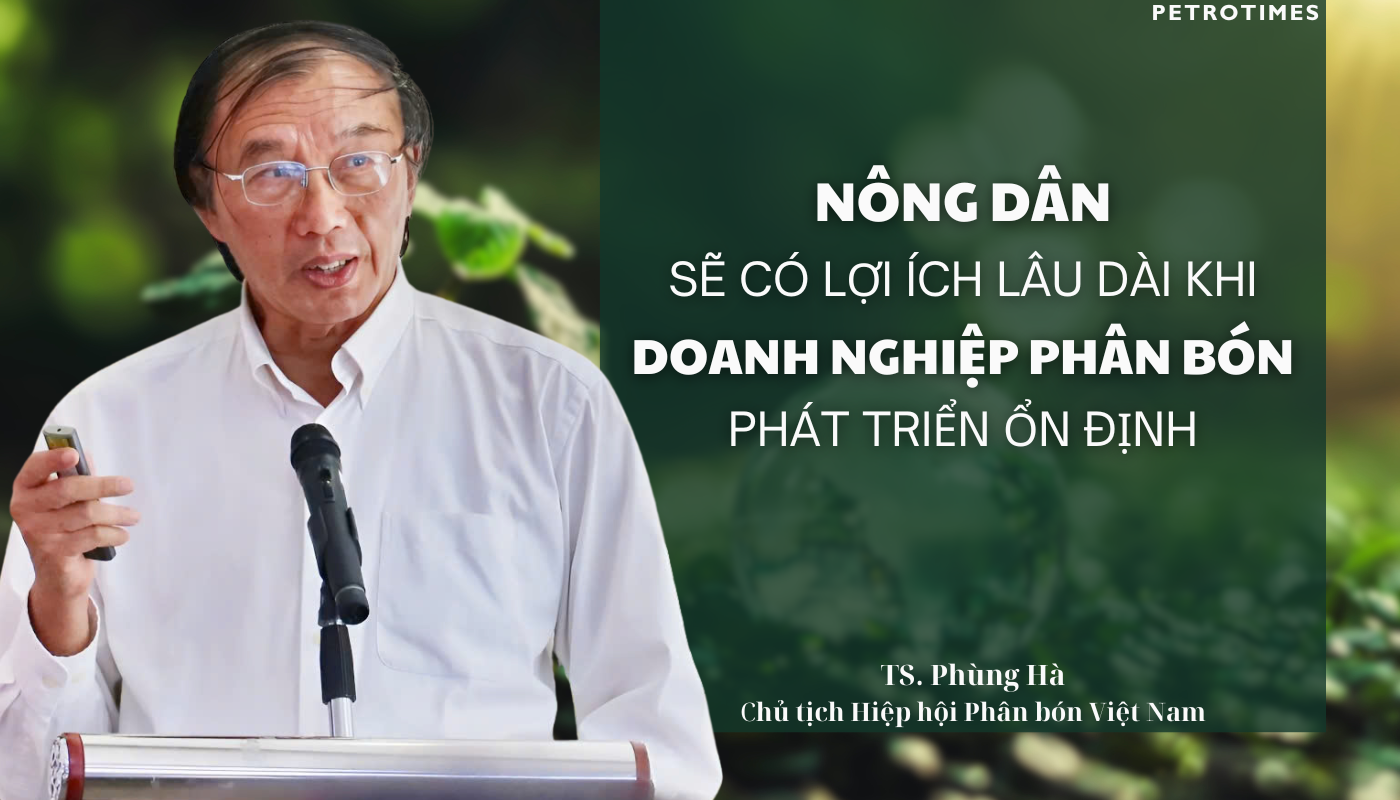
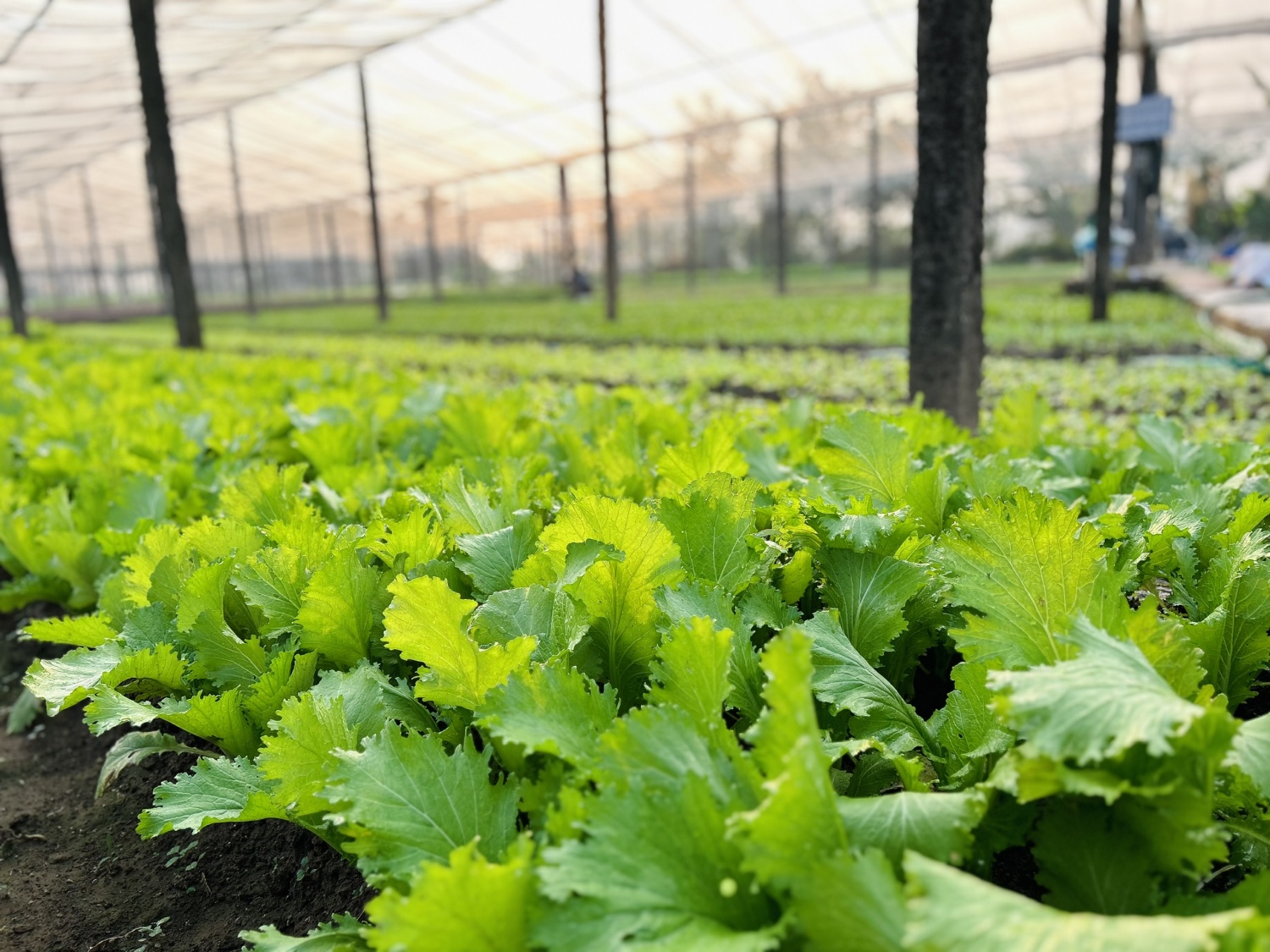
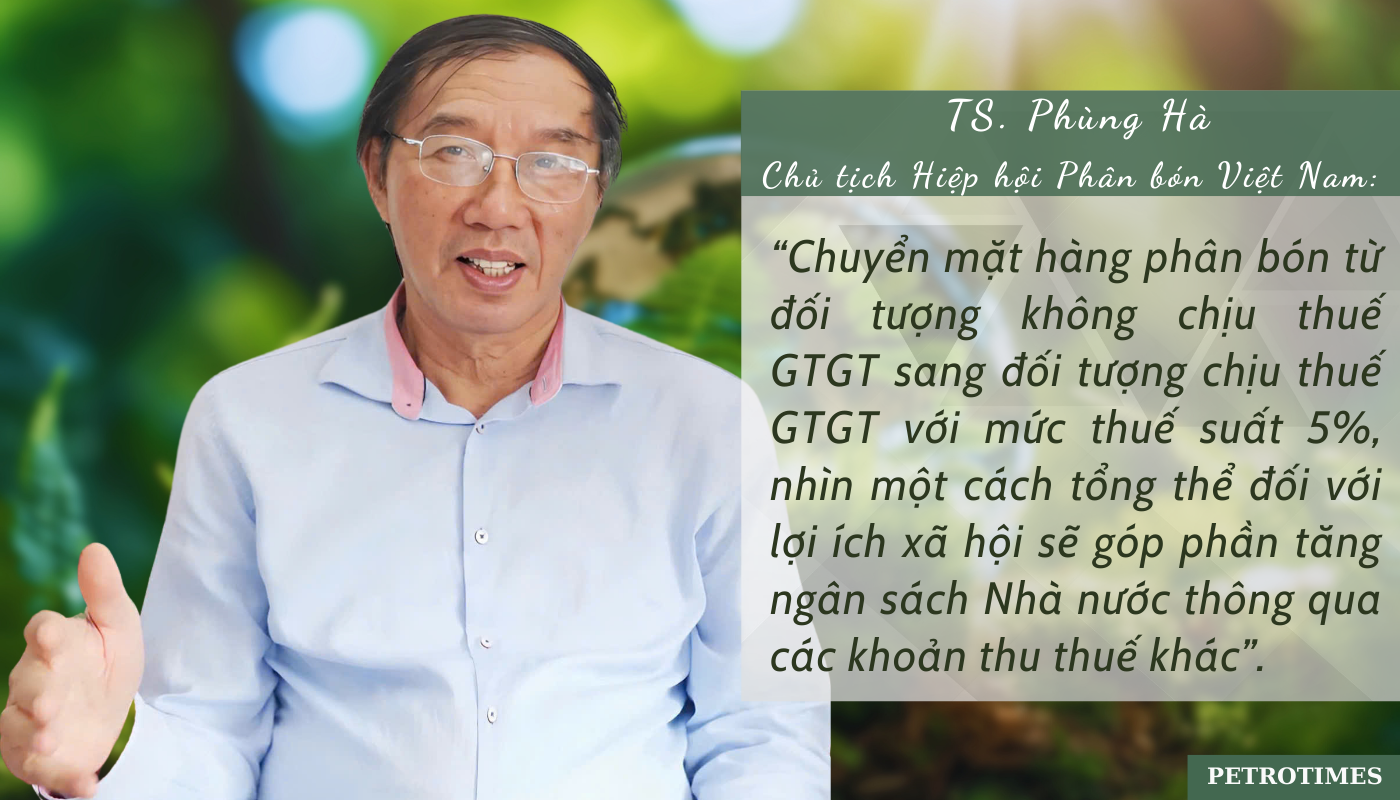



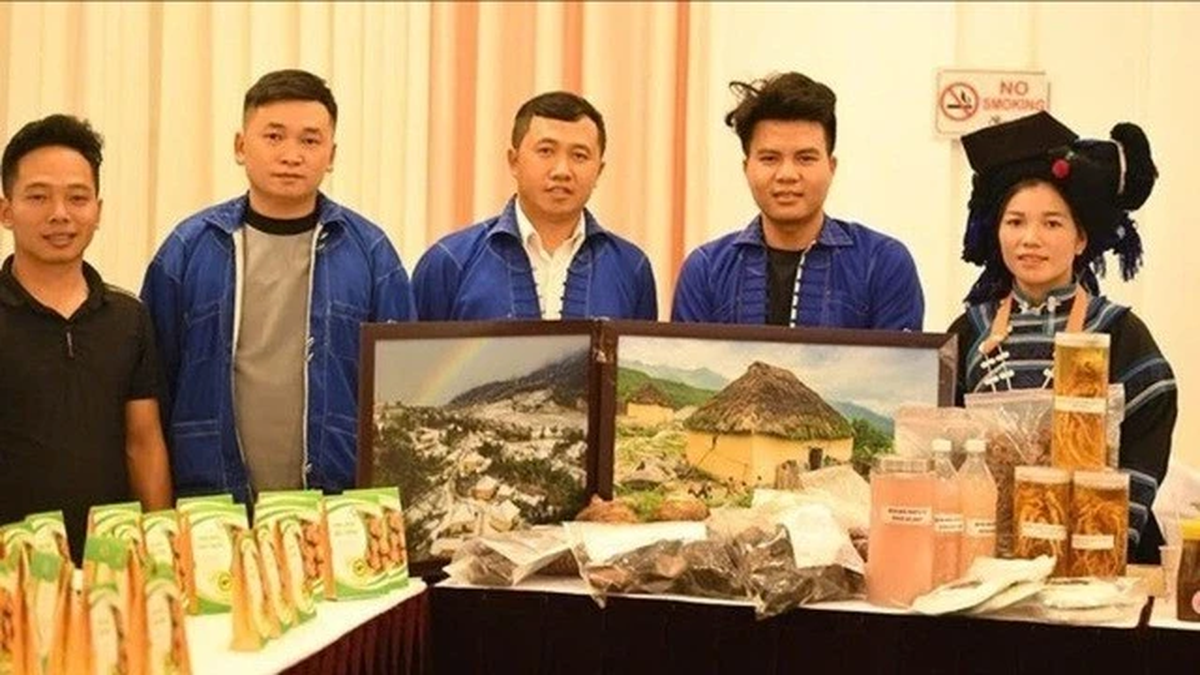
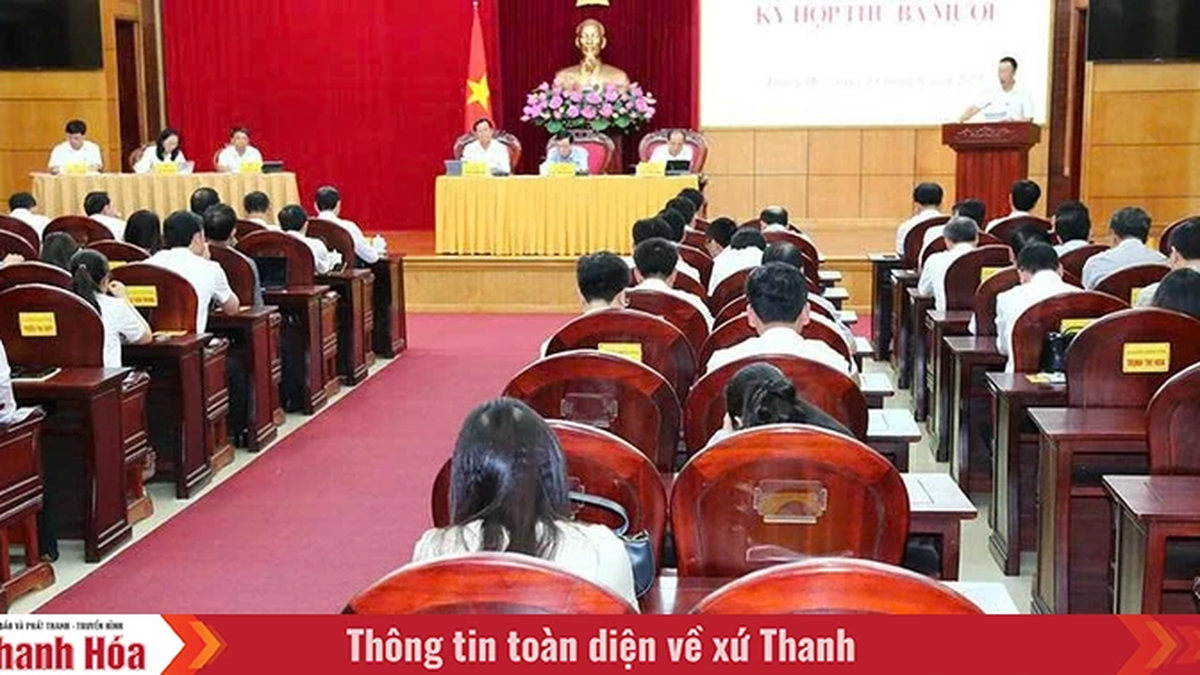
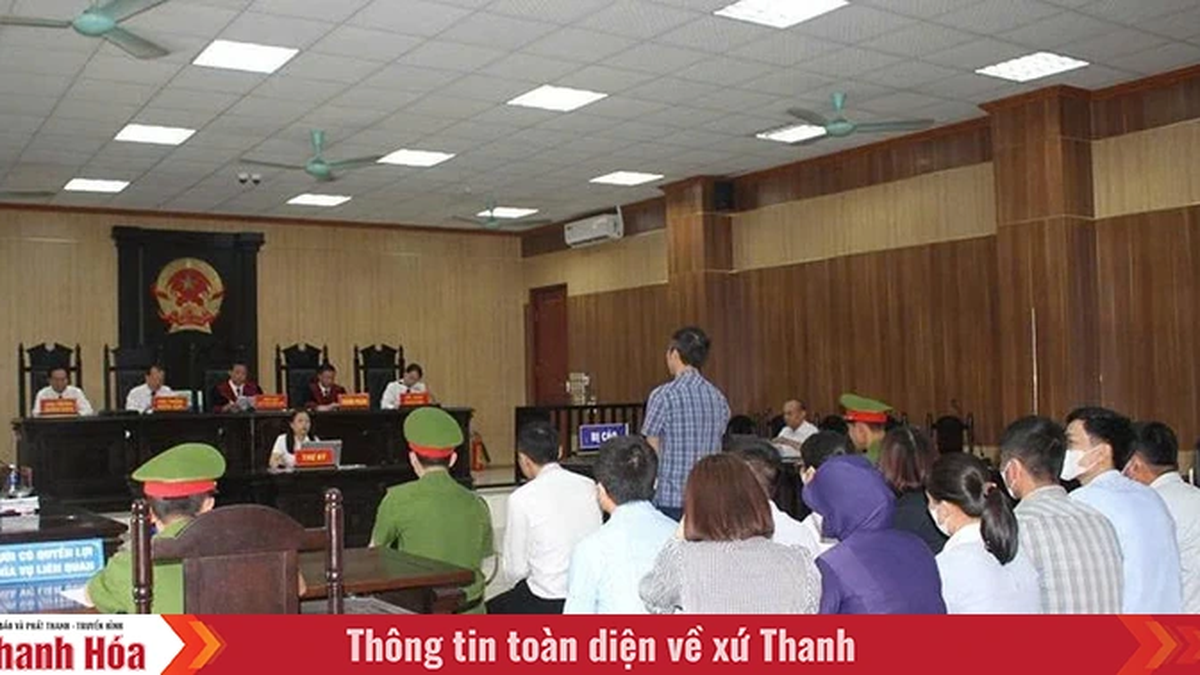
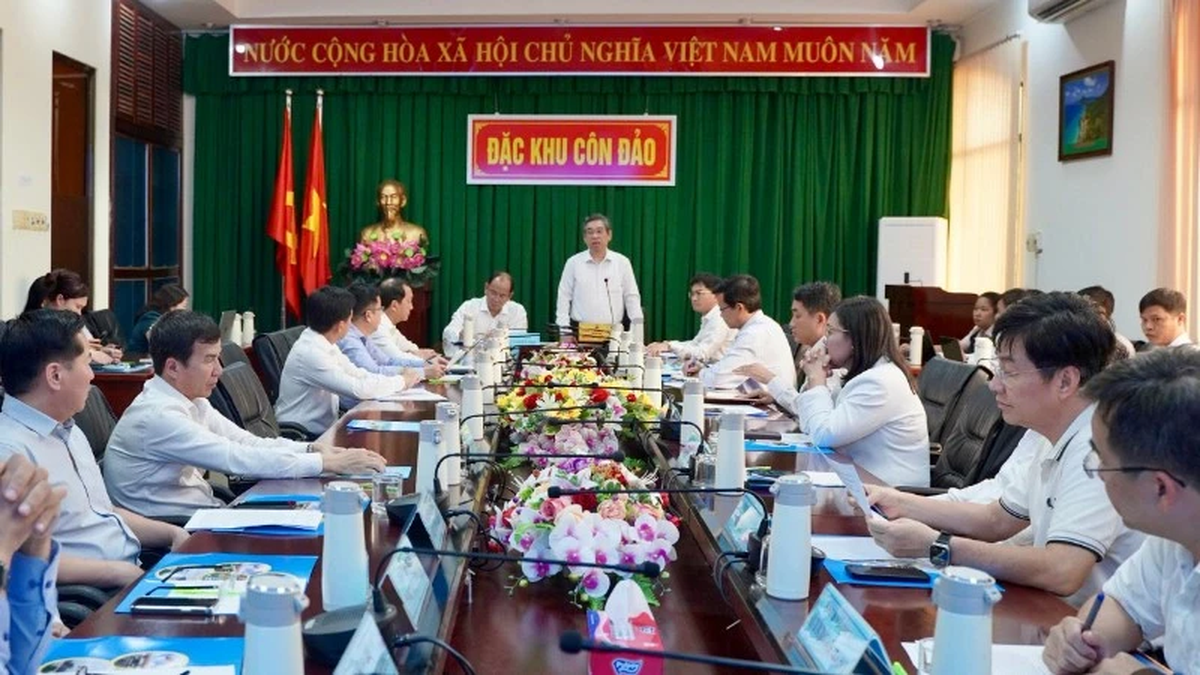
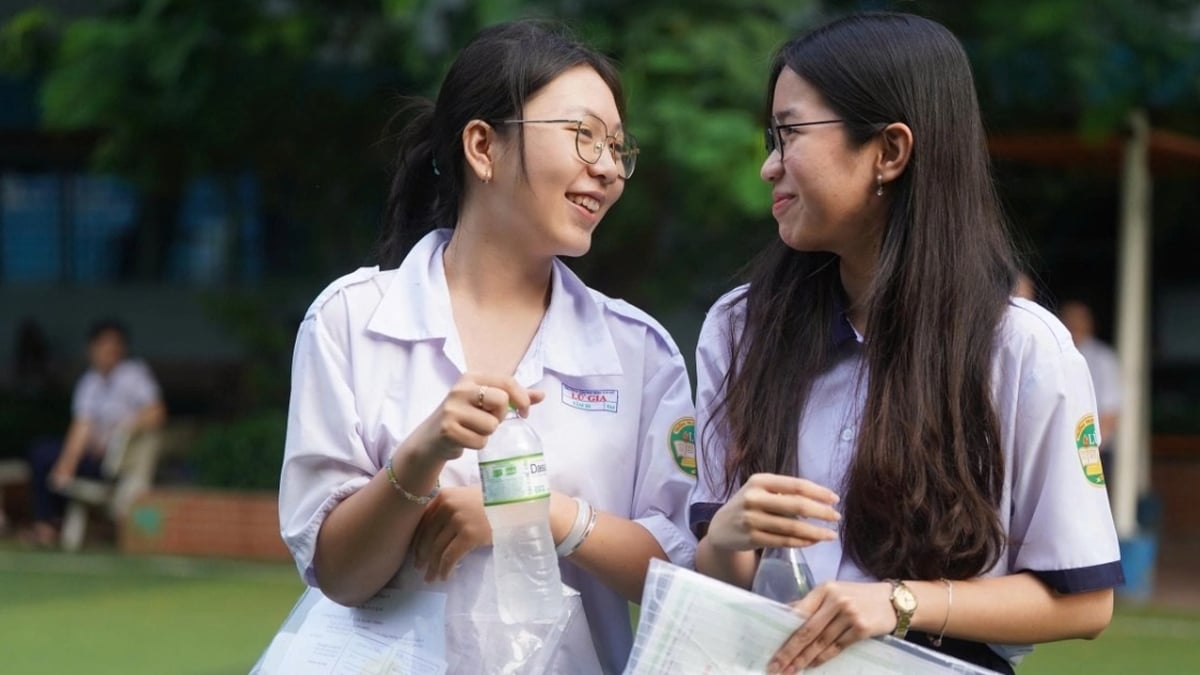
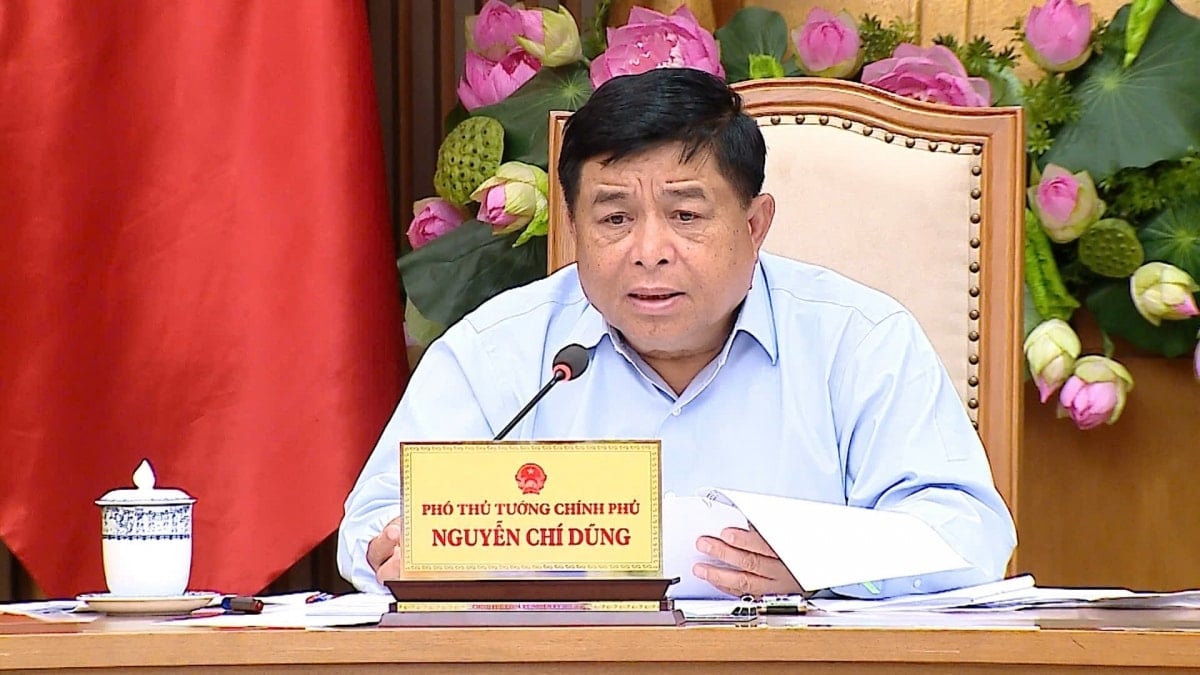








































![[Maritime News] More than 80% of global container shipping capacity is in the hands of MSC and major shipping alliances](https://vphoto.vietnam.vn/thumb/402x226/vietnam/resource/IMAGE/2025/7/16/6b4d586c984b4cbf8c5680352b9eaeb0)



















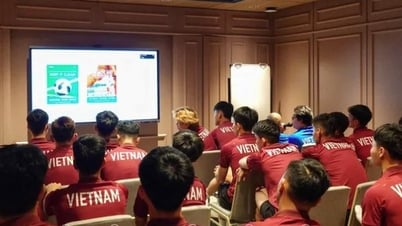
























Comment (0)